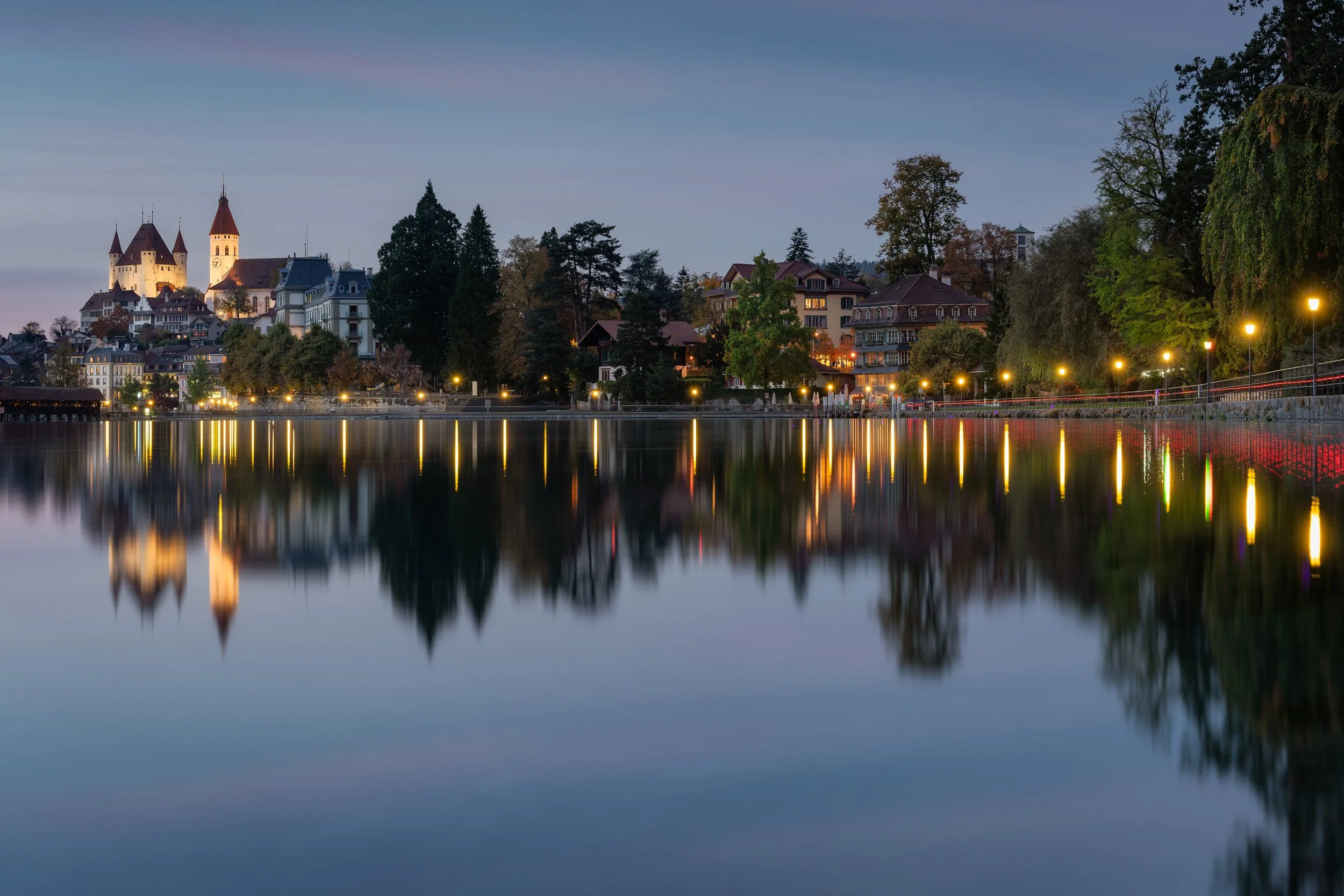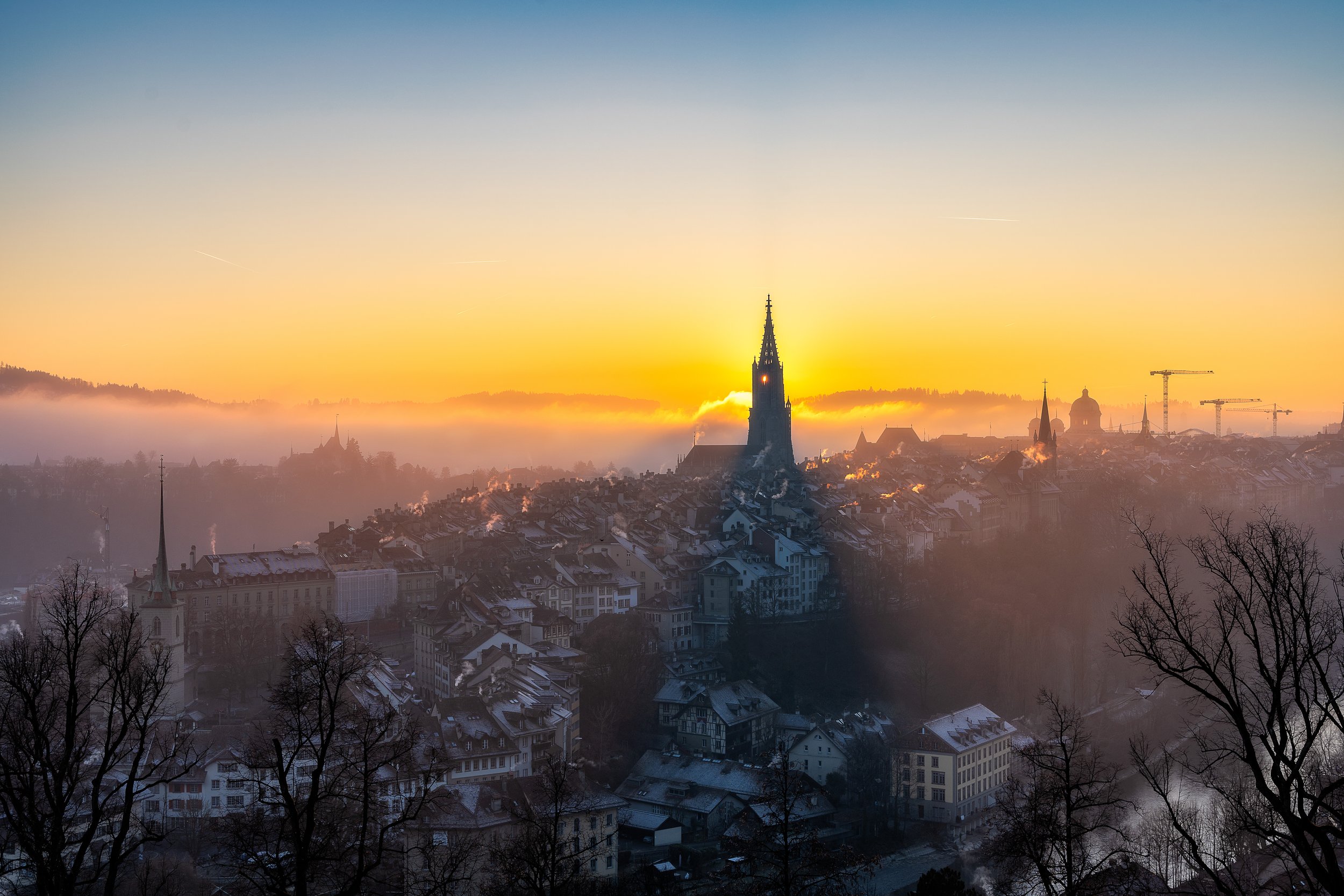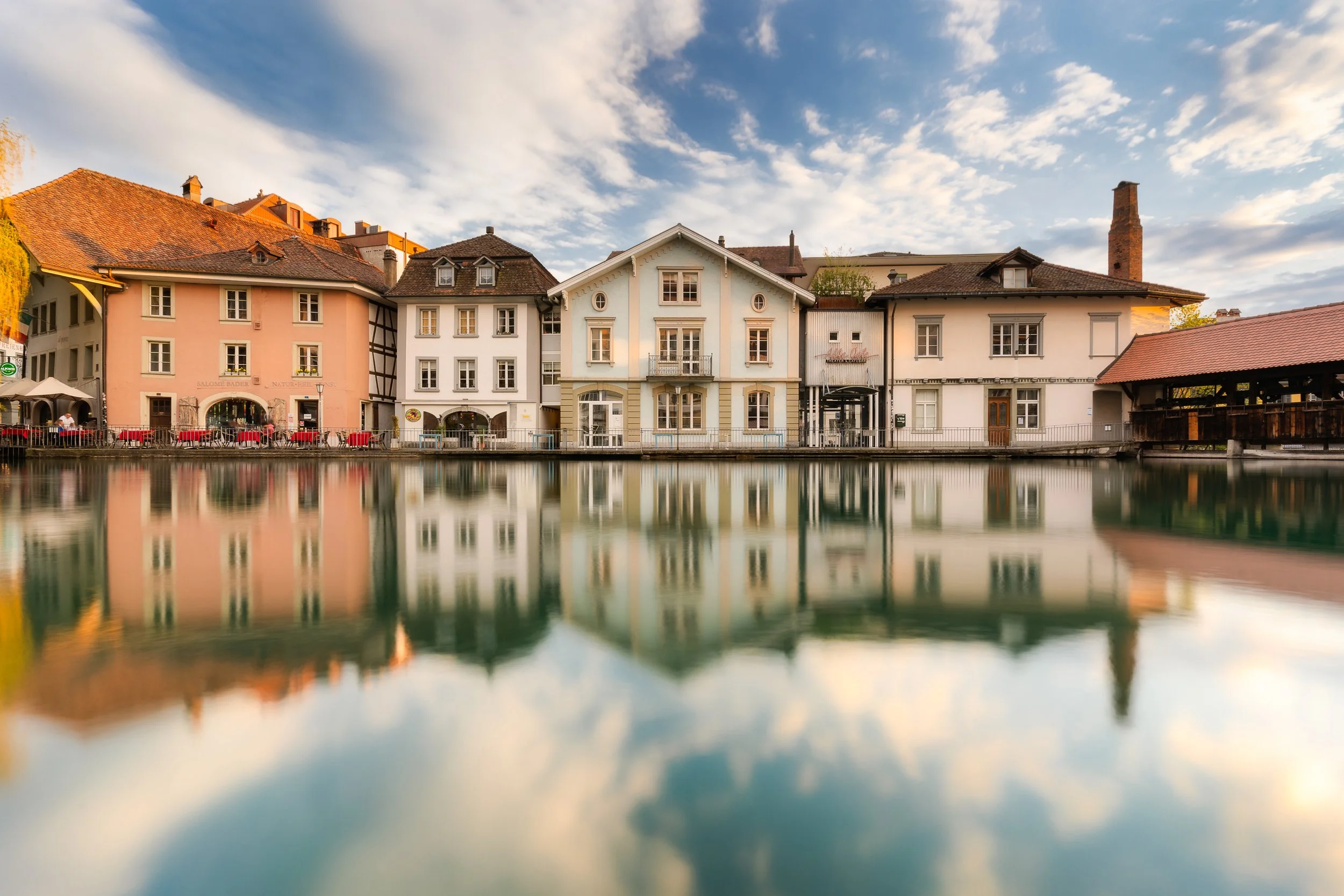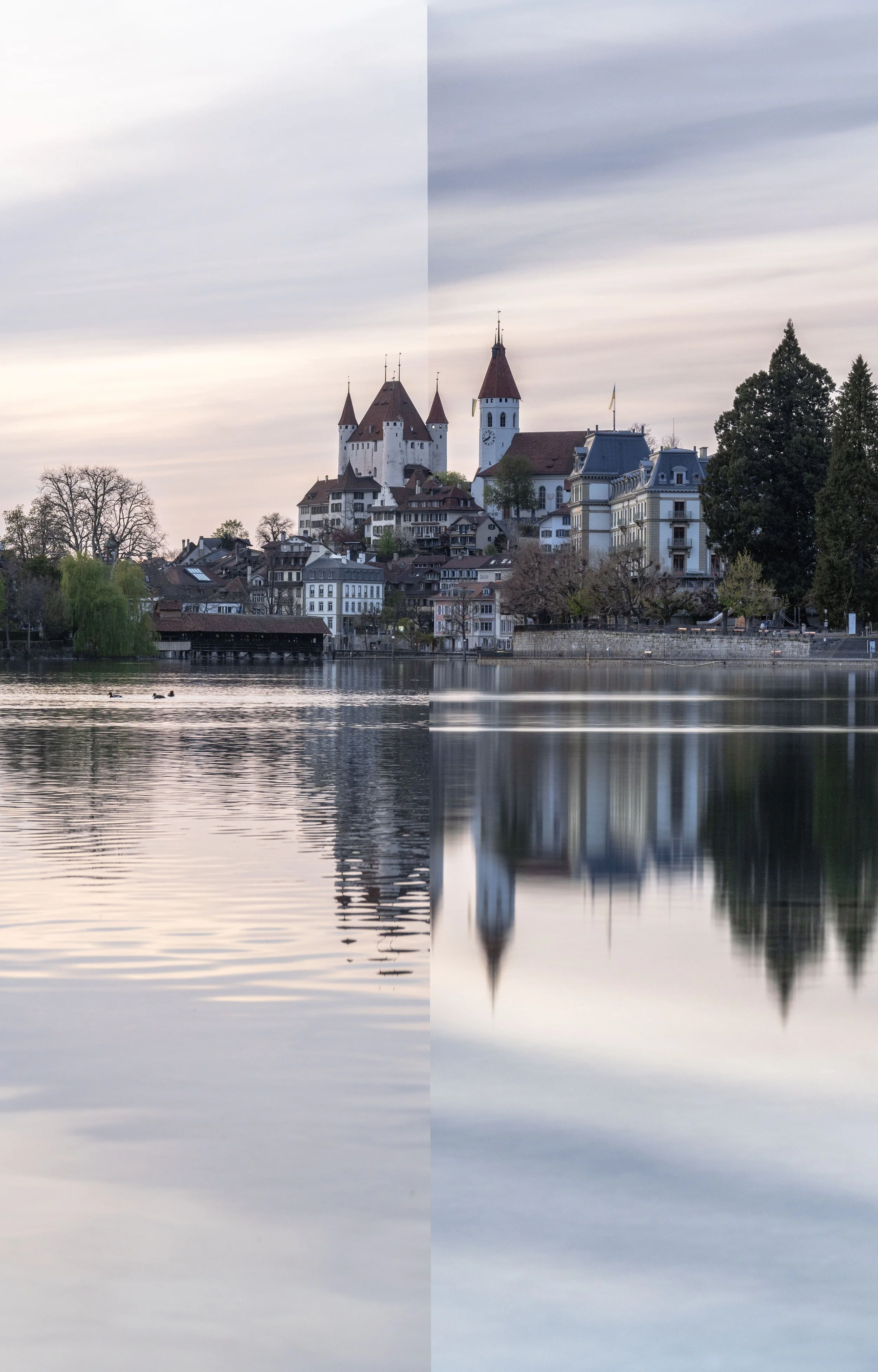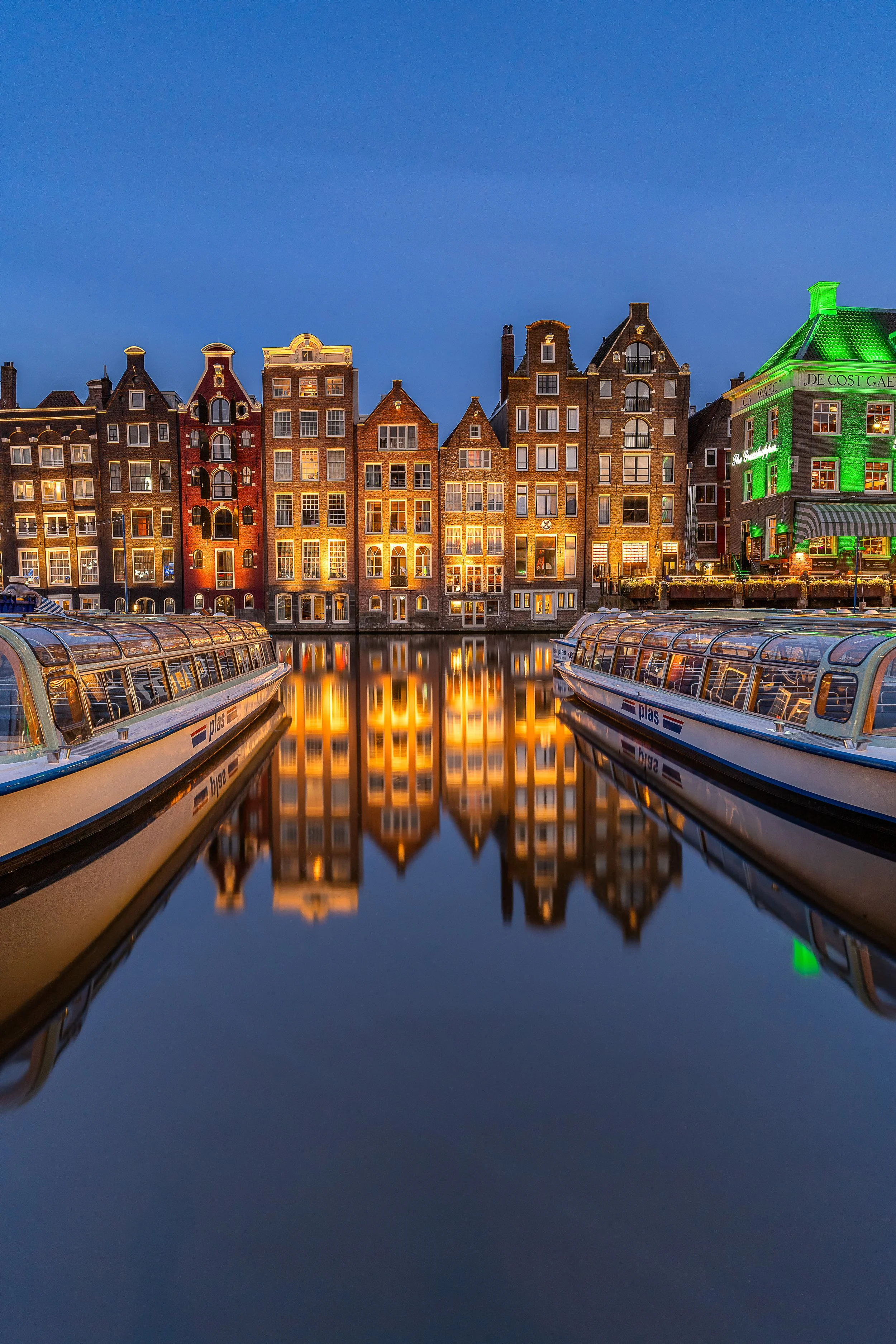Let Nisi slow your shutter speed
Who hasn't had the opportunity to see those magical photos, where the reflections are the masters of the scene, or those photos where the silk effect in a waterfall leads you to a beautiful composition, of that vital liquid for life falling from different heights and at different speeds, but that photographers manage to slow down to show a scene more pleasing to the eyes.
Photos that fill your eyes with that feeling of peace and harmony, but at the same time make your brain think about how and why those pictures were taken in that way and also how I could take them myself with my camera.
Many of these photographs are made with the technique called Long Exposure Photography.
What does this mean?
As the name of the technique implies, this type of photography is achieved by increasing the amount of time the shutter is open to receive ambient light.
Generally, when taking pictures without the use of a tripod, we tend to use shutter speeds from 1/250 to 1/8000, which are pictures that quickly capture the light and movement of an object. These types of speeds are used a lot in sports photography, portraits, wildlife and in some landscape scenarios (but we will talk about this in another time).
Now, the opposite happens, when we need to capture the reflection in the water of a city or an object that is not moving, this is where we will use the long exposure technique.
In this type of photos, we will use times from 1/5 to 30sec and in some occasions we will use up to 15min of exposure.
I know it sounds a little crazy to think that these exposures are possible, but this is really possible thanks to the product I am going to talk about next.
ND Filters
This type of filters allow us to use long exposures, since they help us to reduce a certain amount of light steps entering the sensor of our camera.
GND filters
On the other hand, GND filters will help us to equalize the difference between the sky and the backgroud, and at the same time protect the highlighs in the sky.
In simple words, they allow us to have details in the clouds that we would otherwise not be able to bring back in editing.
I know it sounds a bit technical, but let me show you an example.
As you can see in the example to the left, one of these photos was taken without any filters, the other photo was taken using ND and GND filters.
The differences between one and the other photo are extremely noticeable.
I personally like to show those beautiful reflections in the water, other people will like the photo on the left more. In the end it is a matter of taste.
But well, the example is given and it's time to get a little more technical.
I personally use NISI filters, more specifically the Nisi V6 Pro Professional Kit 100mm, this kit includes the following:
1 x NiSi V6 Holder includes 67mm 72mm 77mm Adaptor Rings+82mm Main Adapter+86mm
Landscape NC CPL 1 x NiSi Optical Glass 100x150mm Multi-coated Soft 0.9 (3-stop)
1 x NiSi Optical Glass 100x150mm Multi-coated Soft 0.9 (3-stop) Graduated ND Filter
1 x NiSi Optical Glass 100x150mm Multi-coated Medium 0.9 (3-stop) Graduated ND Filter
1 x NiSi Optical Glass 100x150mm Multi-coated Reverse 0.9 (3-stop) Graduated ND Filter
1 x NiSi Optical Glass 100x100mm Nano Multicoated IR ND 0.9 (3-Stop) Filter
1 x NiSi Optical Glass 100x100mm Nano Multicoated IR ND 1.8 (6-Stop) Filter
1 x NiSi Optical Glass 100x100mm Nano Multicoated IR ND 3.0 (10-Stop) Filter
1 x NiSi Optical Glass 100x100mm Nano Multicoated IR ND 4.5 (15-Stop) Filter
1 x NiSi Optical Glass 100*100mm Natural Night Filter
1 x 100mm System Filter Pouch Plus (Can hold 4pcs 100*100mm and 5pcs 100*150mm filters)
1 x V6 Lens Cap + 1 x Clever Cleaner
1 x Cleaning Cloth+1 x Air blower
As you can see the ND filters included in this kit is variable and with them we can make the following type of photos:
In the previous examples I showed you several scenarios in which to use the different types of filters that NISI offers.
As you saw this type of filters have different types of graduation for the GND and for the ND we are going to find filters with different types of stops of light.
There are technical aspects to learn in order to be able to use these filters in the best way and to be able to compensate that amount of light that we are preventing from entering the sensor of our camera. The NISI kits themselves come with a table showing this compensation, but in the end this is all going to depend on the amount of light we have available in the environment.
These filters may seem a little difficult to use at first, but with time and practice you will realize that, just by analyzing the amount of light available in the environment and the necessary knowledge, you will be able to create works of art with the long exposure technique.
FOR MORE INFORMATION


